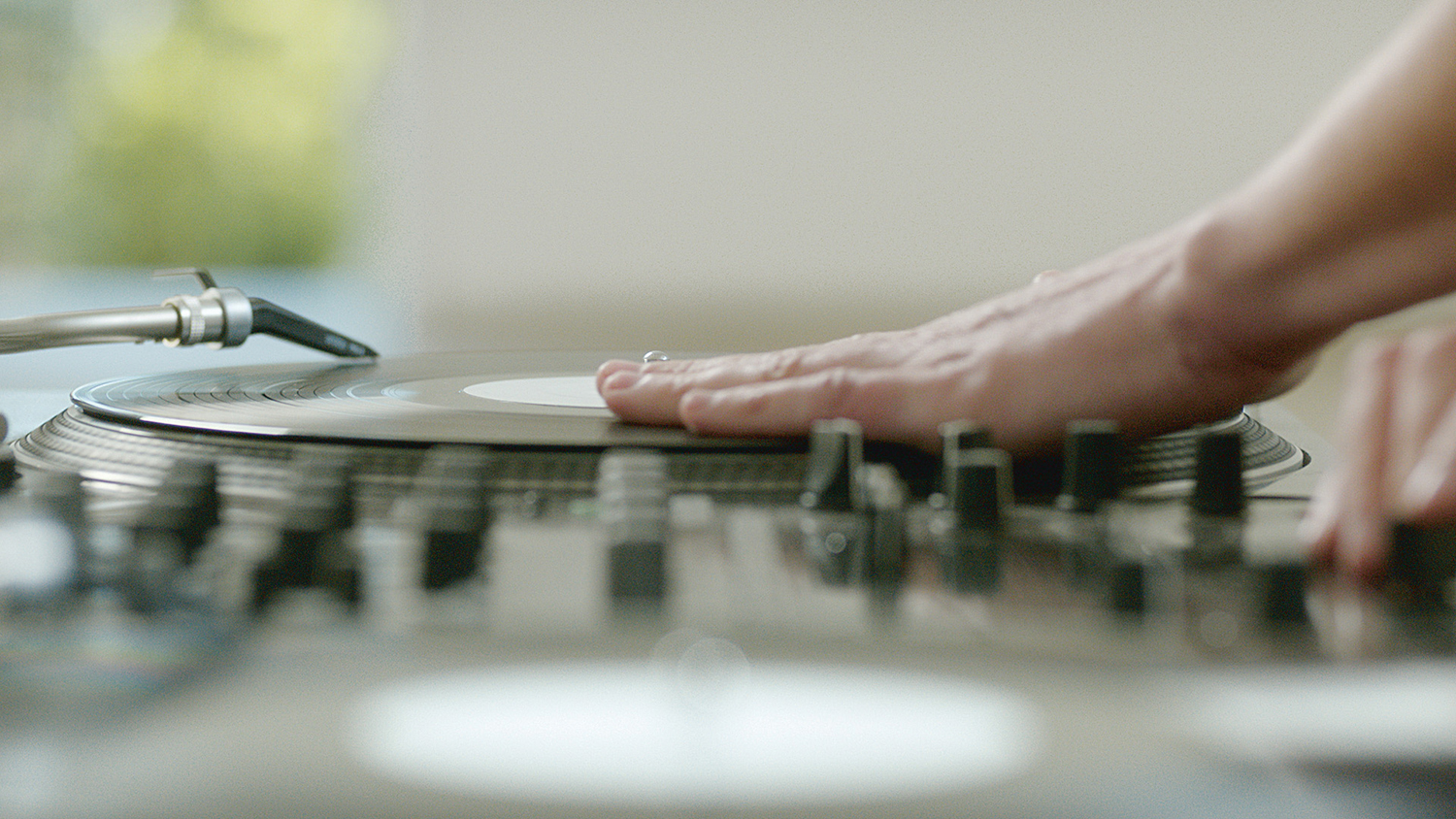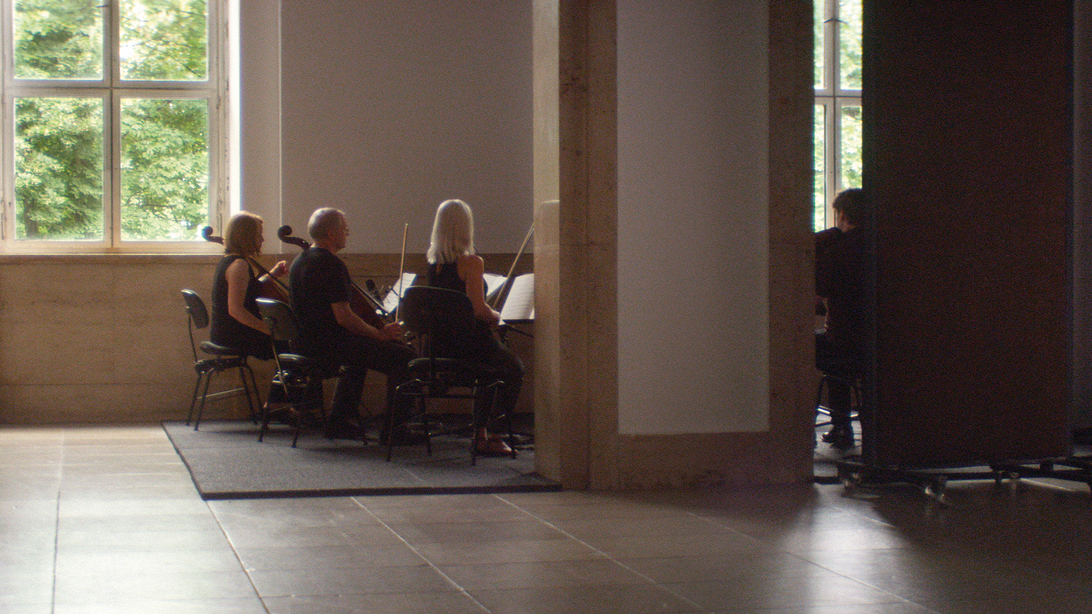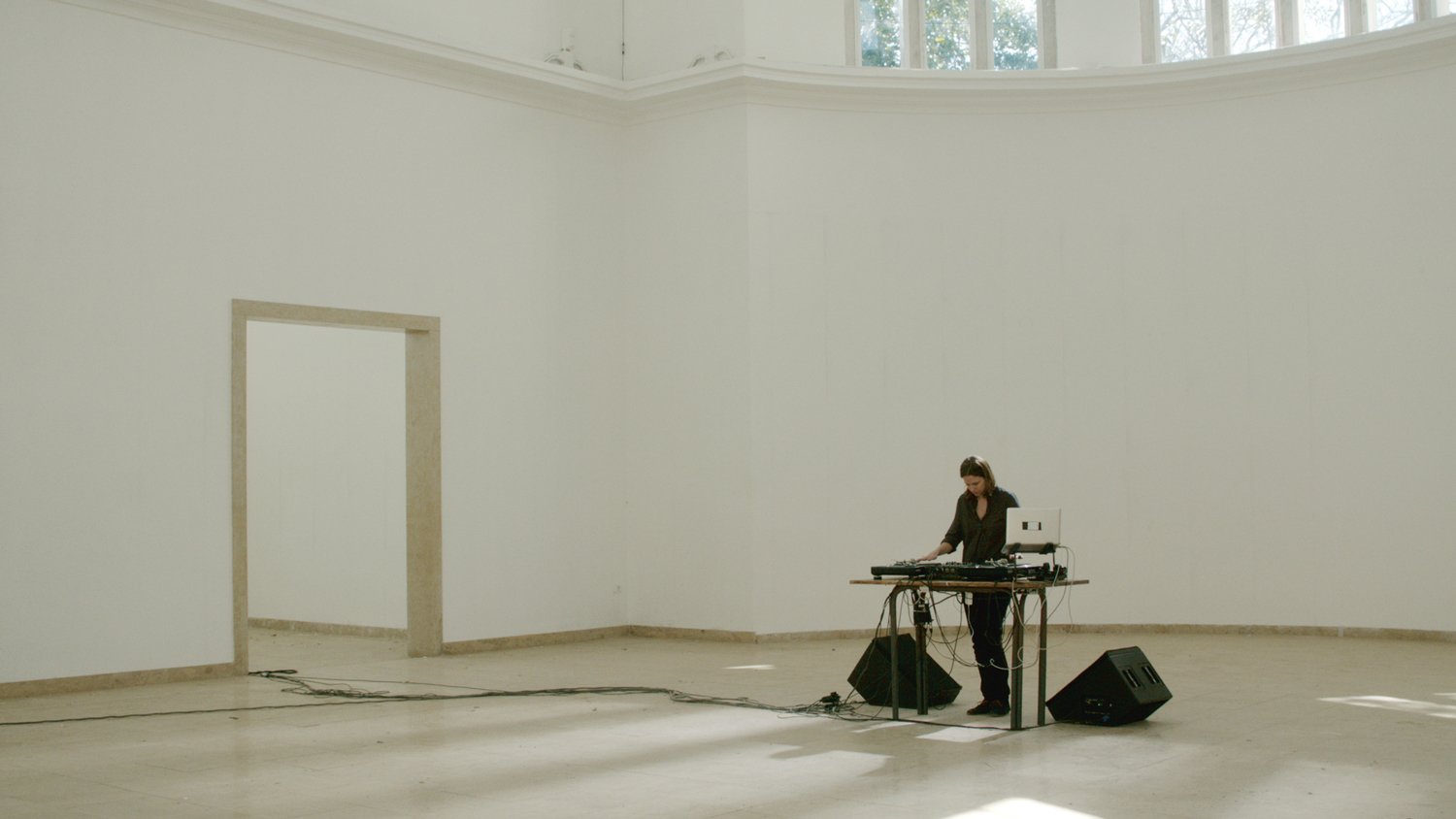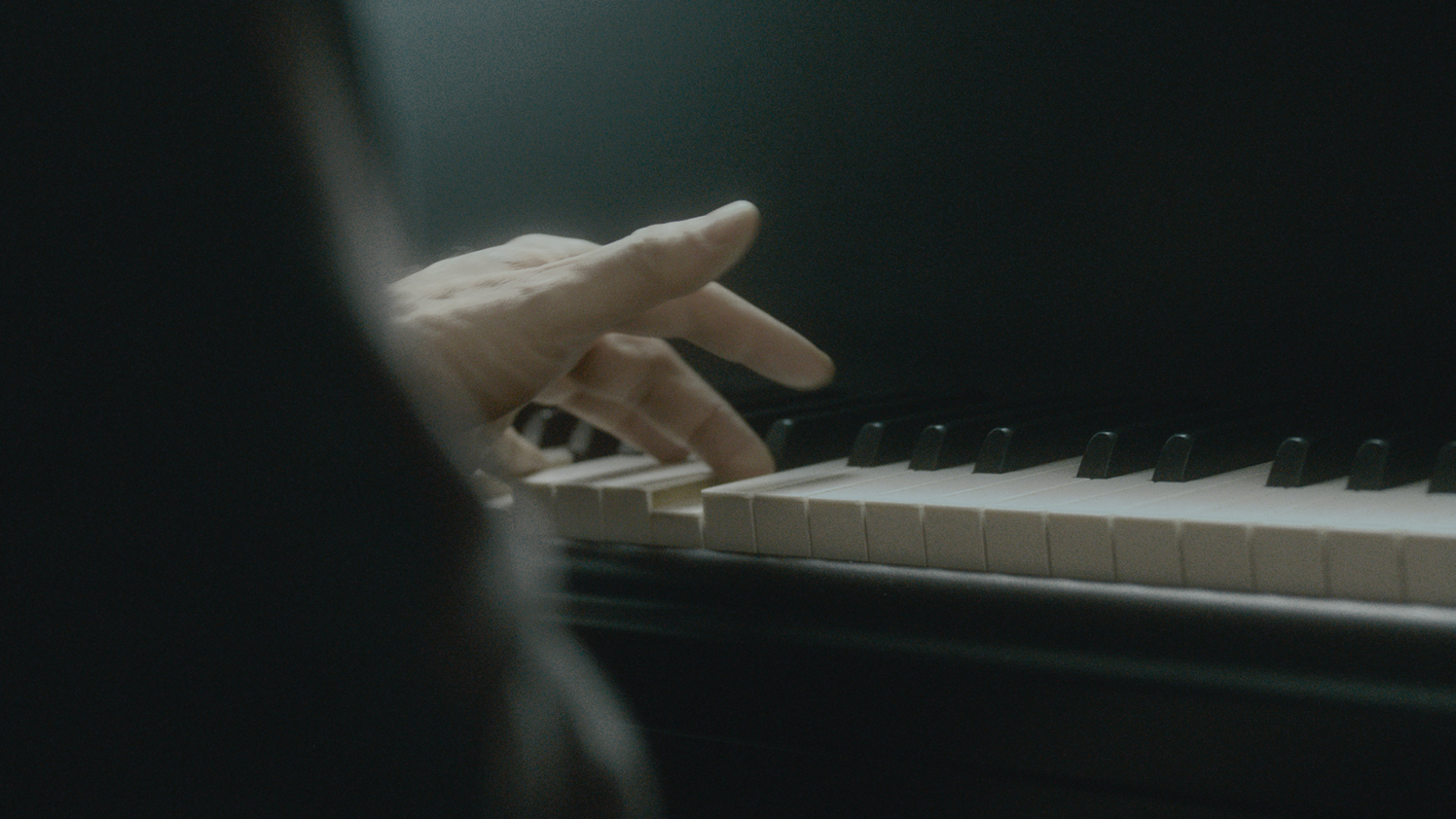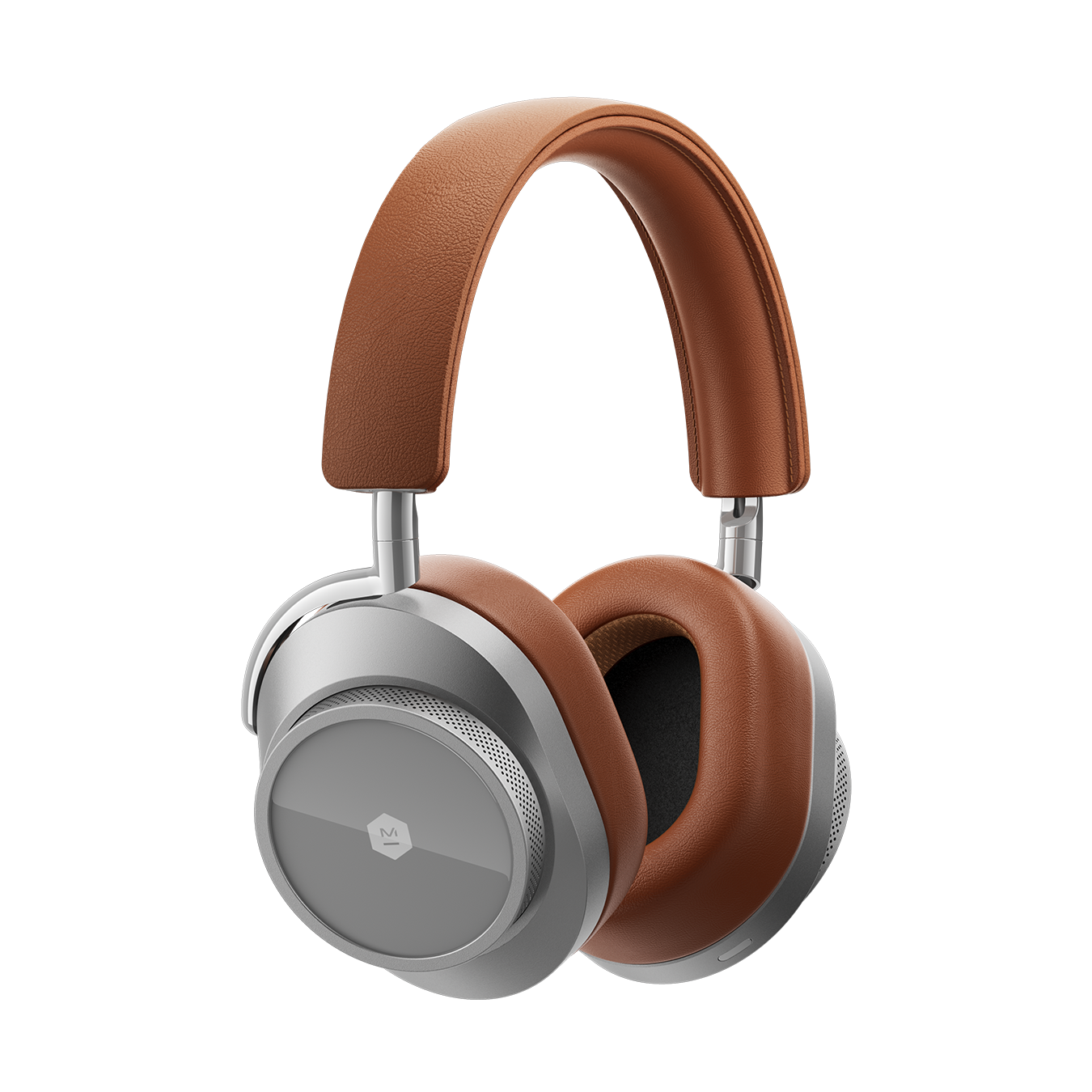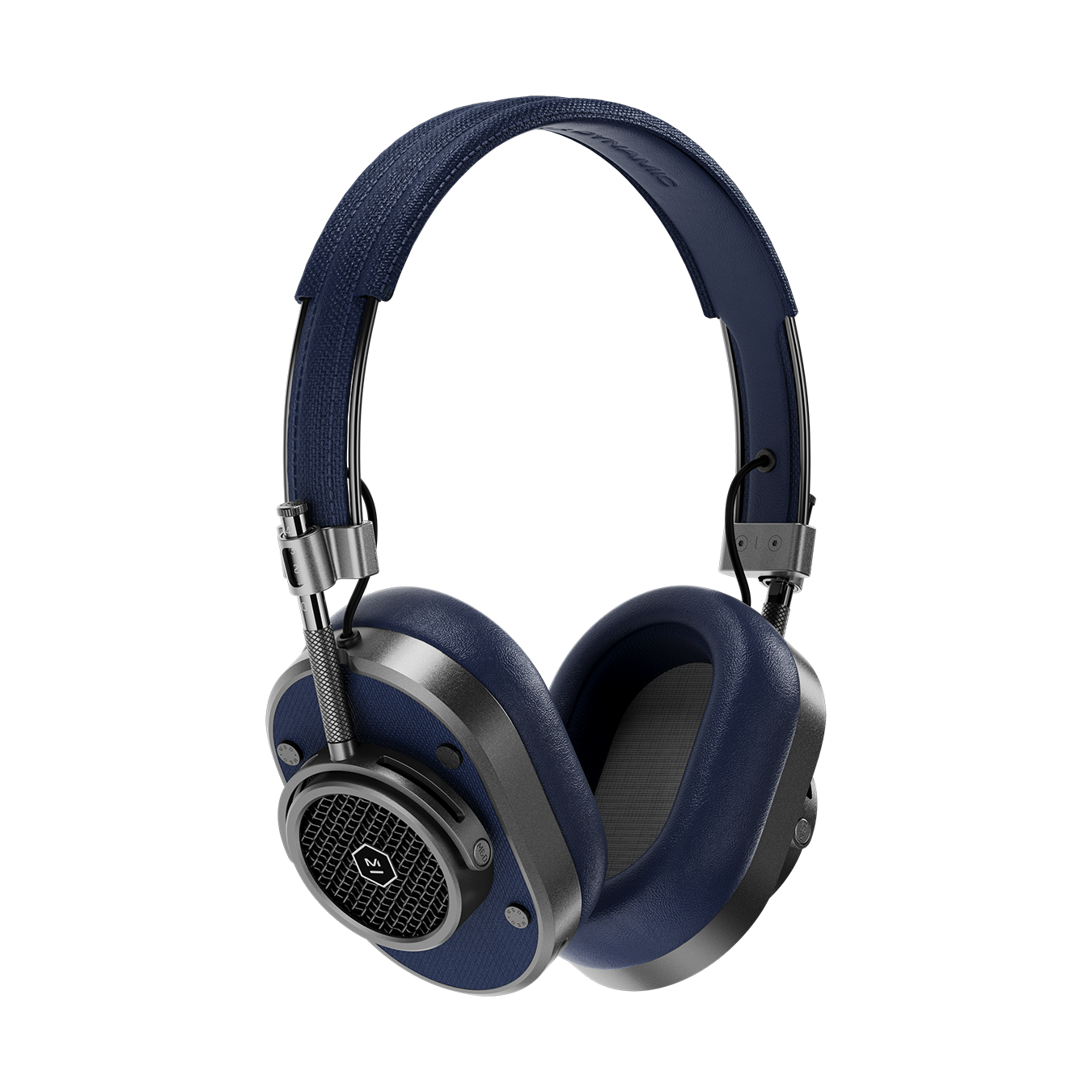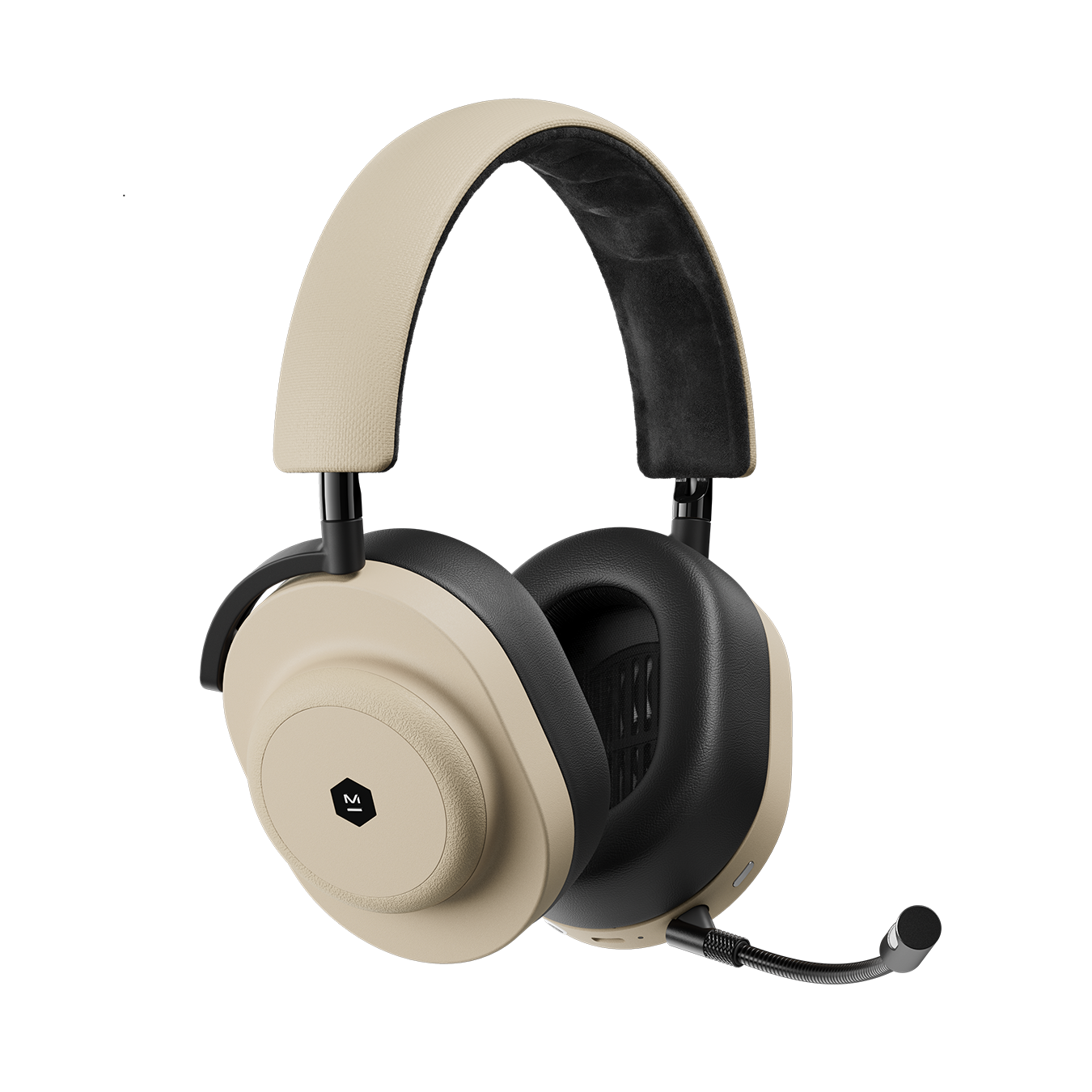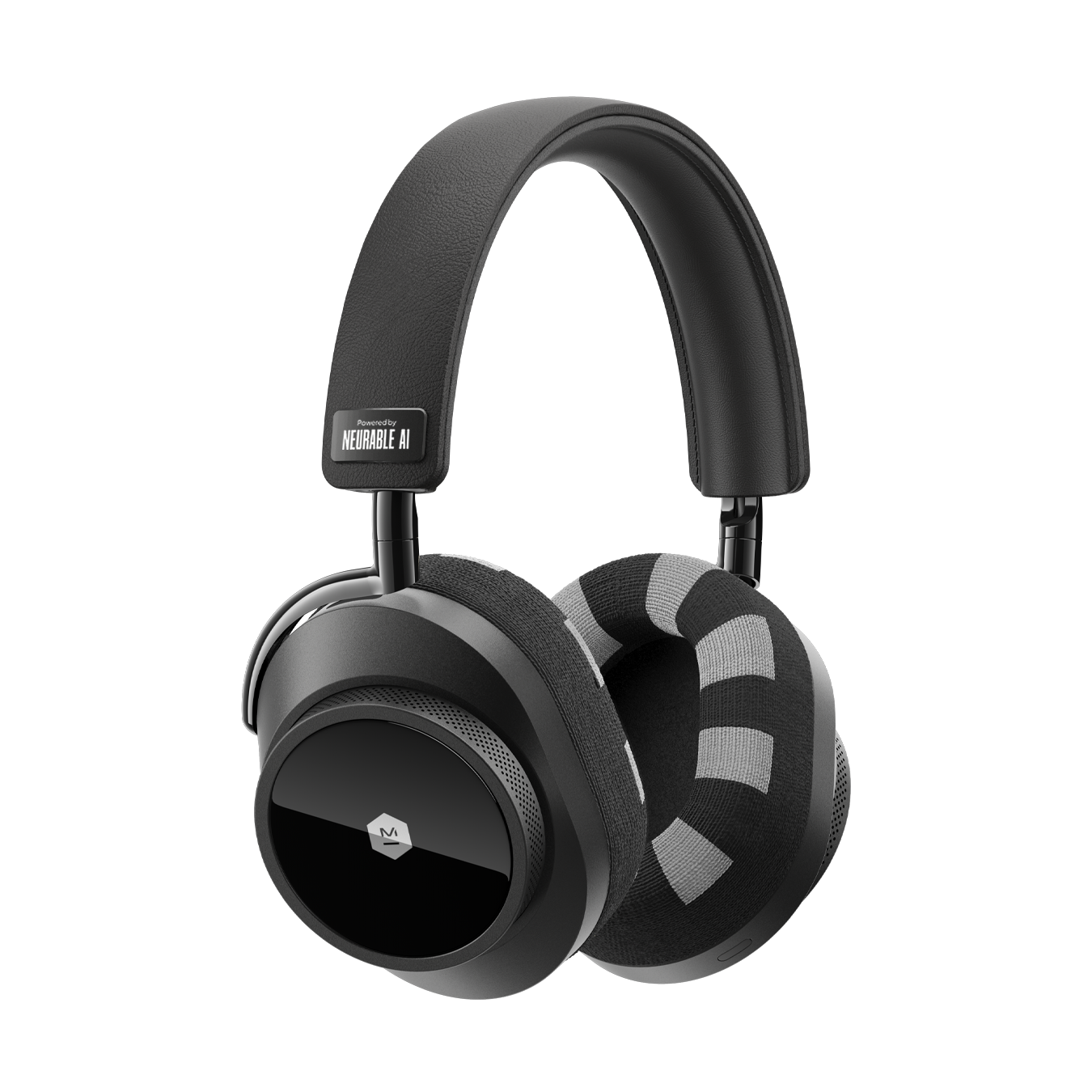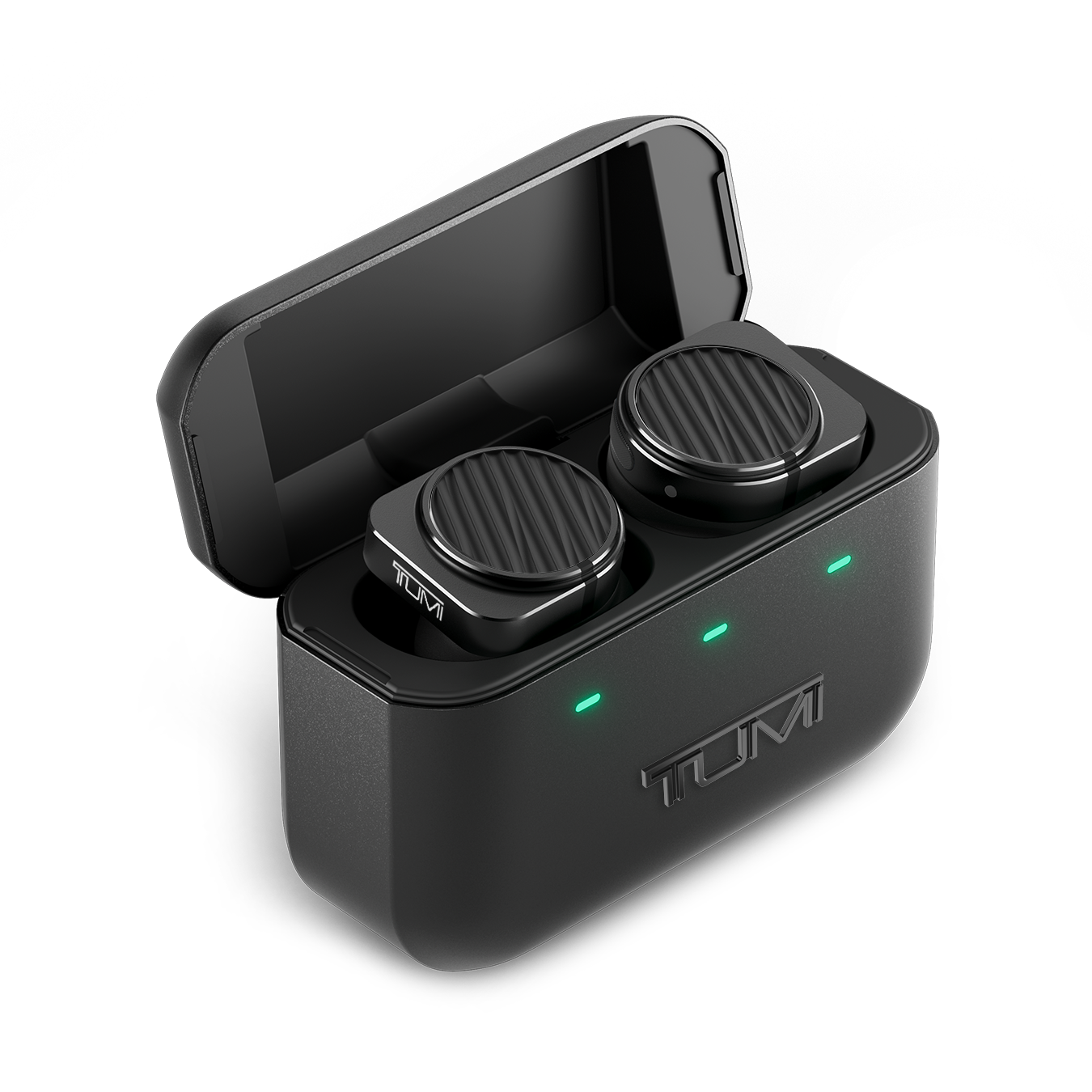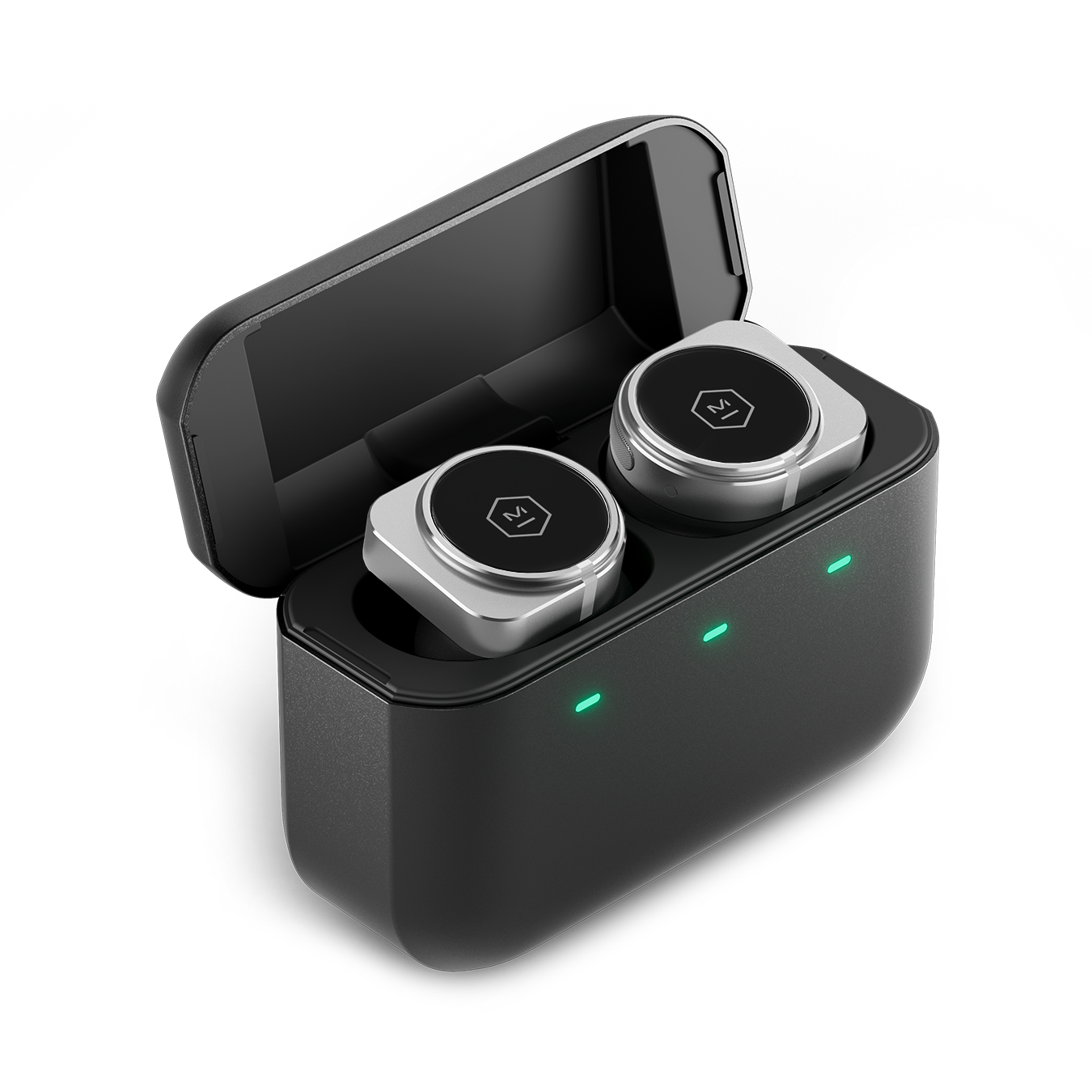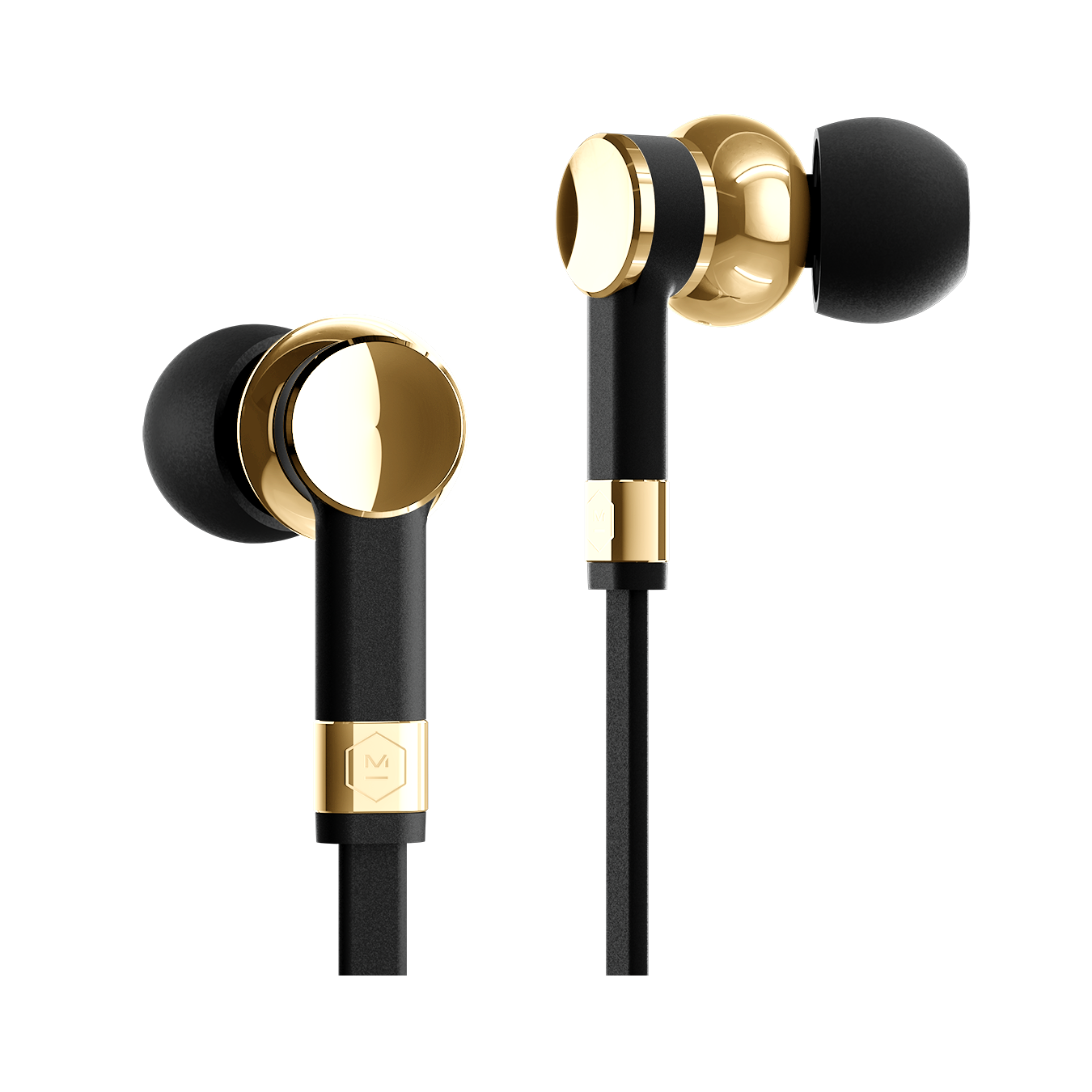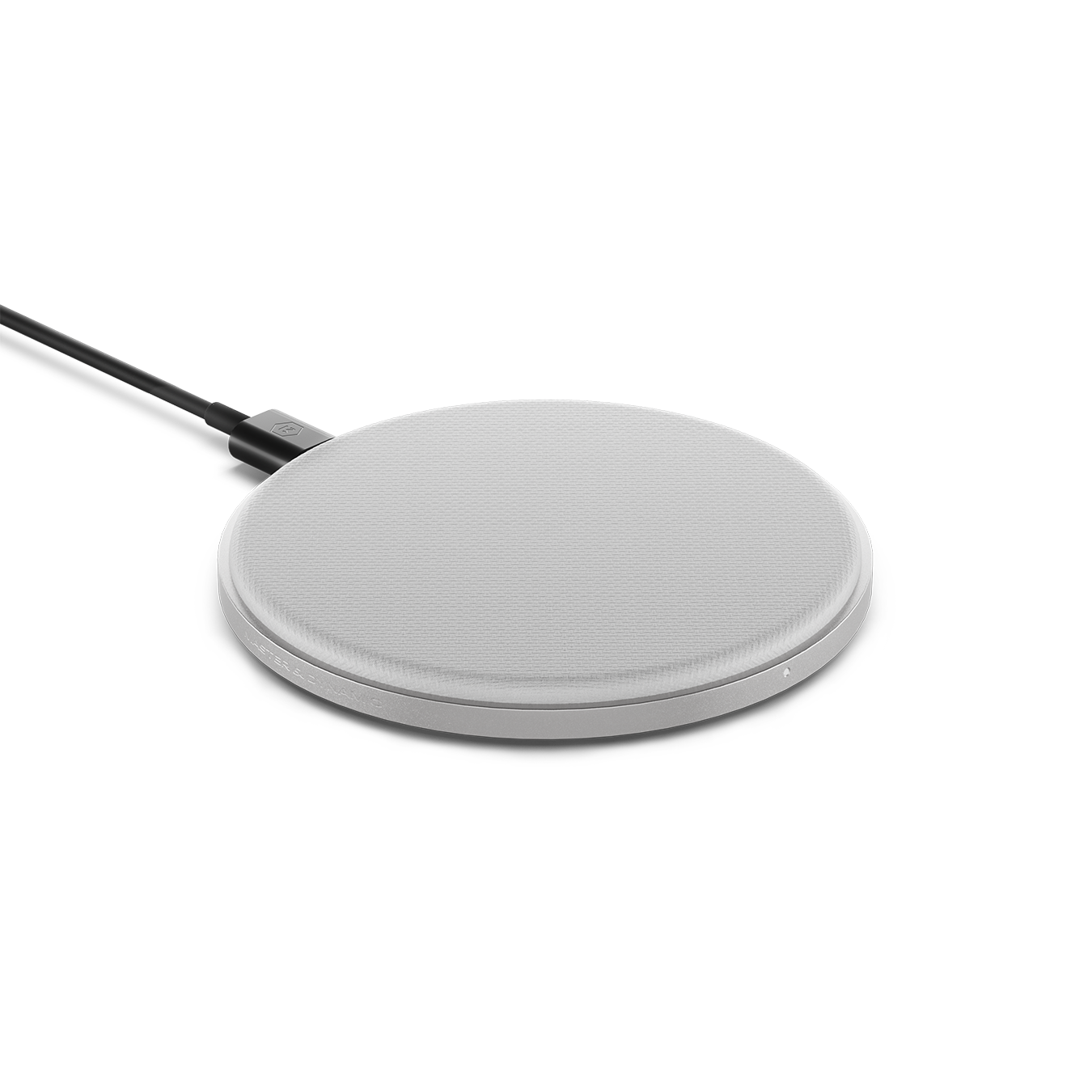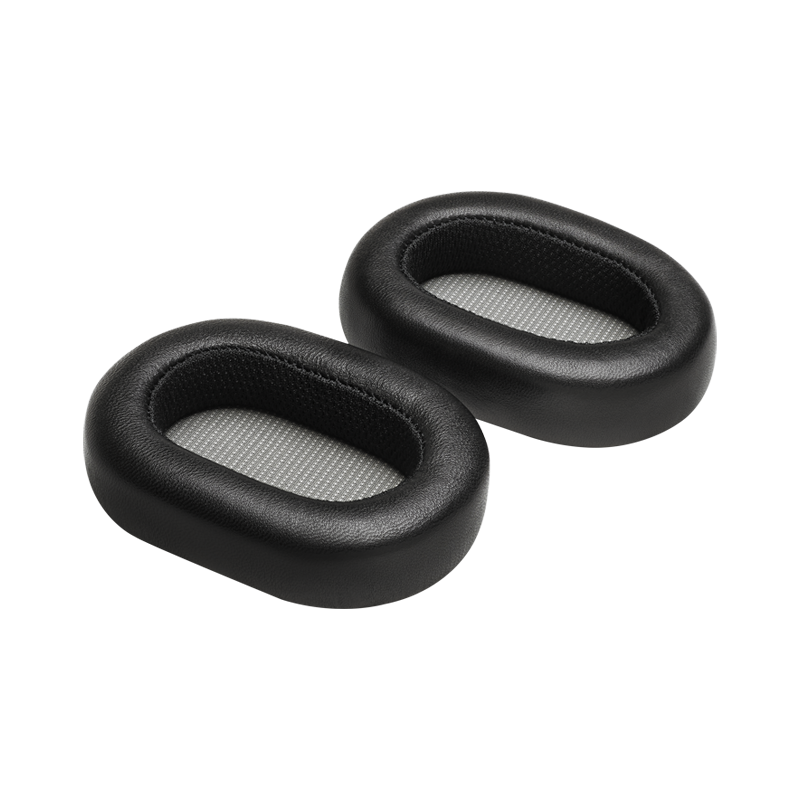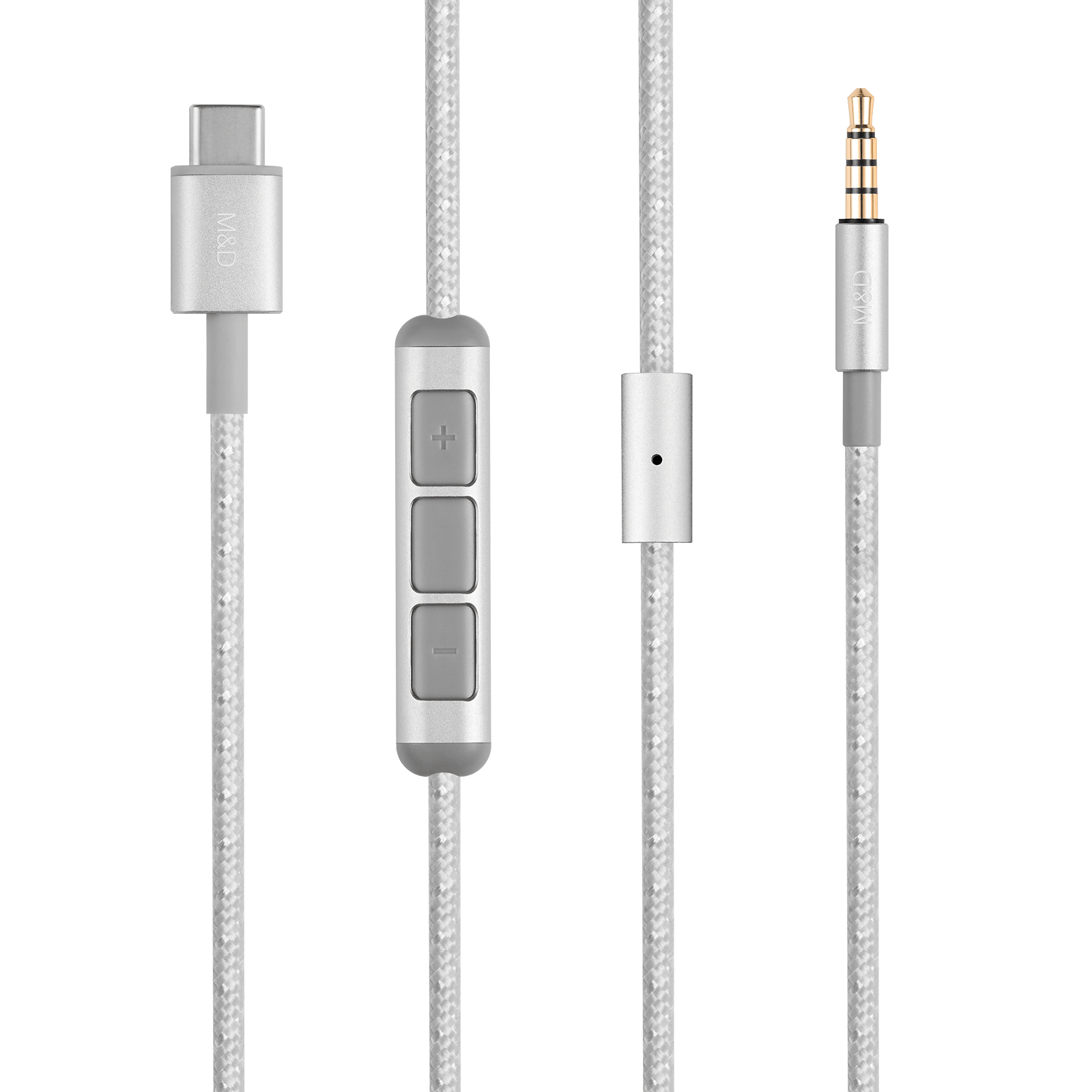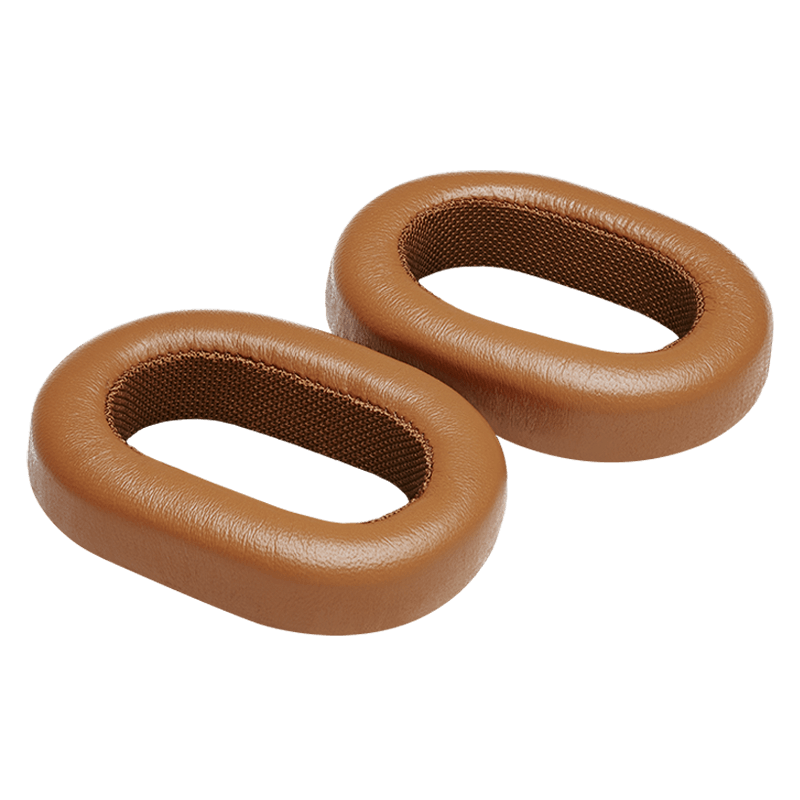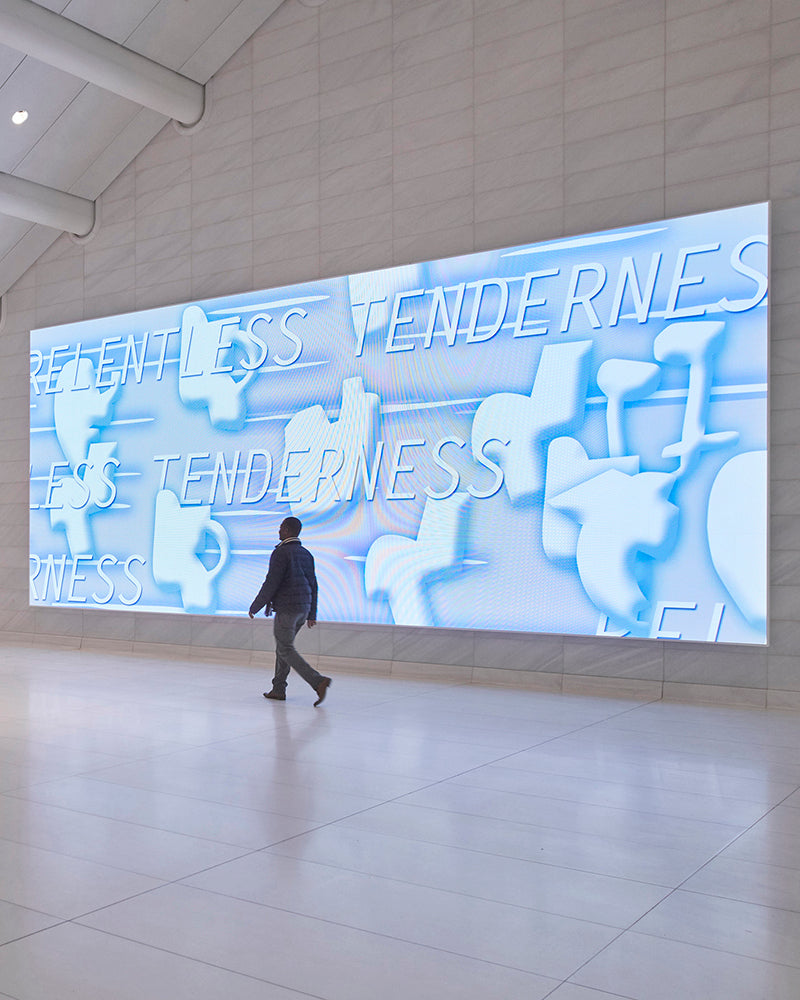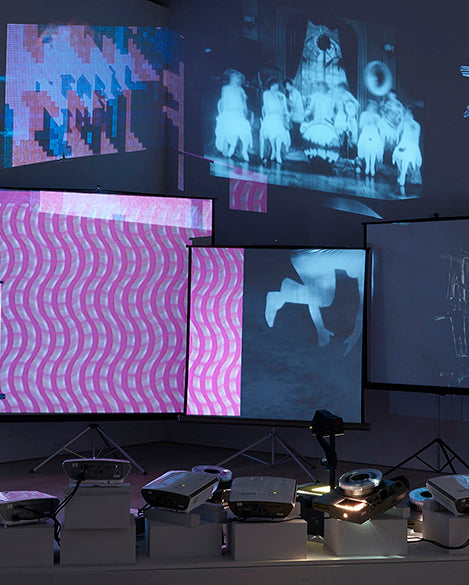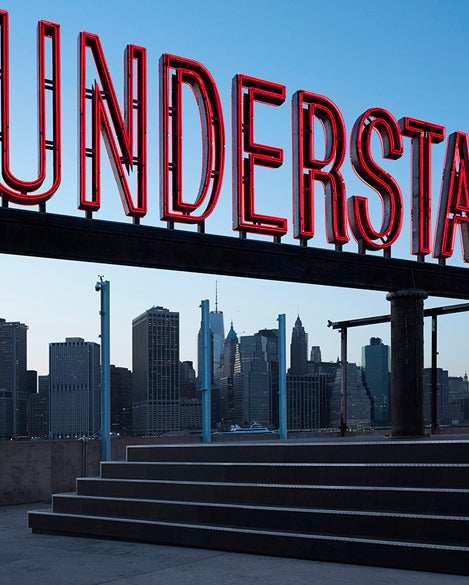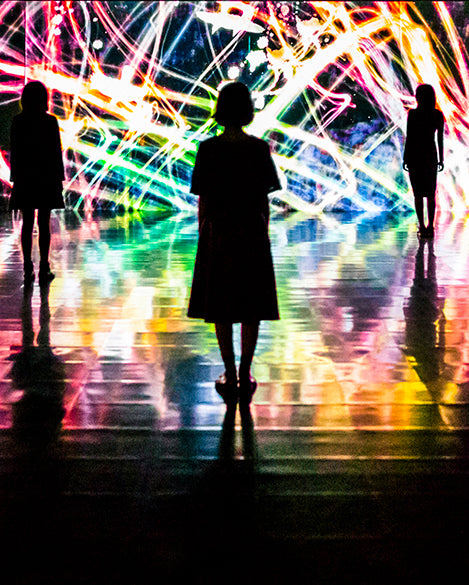Introducing multimedia artist Anri Sala's major survey exhibition Anri Sala: Answer Me at the New Museum to a gathering of press, the museum's Artistic Director Massimiliano Gioni revealed, "I'm particularly happy that Anri has literally claimed the museum on this occasion, using it almost as an instrument itself." True to Gioni's observation, Sala's career-long interest in the intersection of architecture and sound transforms the New Museum into an immersive musical experience.
Even though the Albanian-born and Berlin-based artist has frequently shown internationally, Anri Sala: Answer Me–on view until April 10–marks his most comprehensive exhibition in the United States. With monumental audio and video installations, cinematic videos, ceiling-mounted drum kits that ostensibly play by themselves and even, reoccurring live performances, Anri Sala: Answer Me explores in-depth Sala's multidisciplinary interrogation of the relationship of music to memory and history.
The exhibition spans Sala's artistic career, including his early work that examines Albania after the fall of the Soviet Union, and harnesses the unique space of the New Museum to elicit sensory responses in viewers. For example, Sala's dual installations, The Present Moment (in B-flat) and The Present Moment (in D), project new versions of Arnold Schoenberg's composition, "Verklärte Nacht Op. 4" rearranged by Sala himself. Through these new arrangements, Sala allows certain notes to seem like they travel around the museum's second floor, surrounding viewers only to gather and play repetitively in select areas of the space. In conjunction with this sonic manipulation, videos depict chamber musicians performing only the B-flat and D notes of Schoenberg's piece, adding a visually repetitive aspect to the audio installation.
Perhaps the installation that best illustrates Sala's musical and architectural prowess is his Ravel Ravel Unravel–two separate but related video installations. Shown for the first time in the United States, Ravel Ravel Unravel converts the entirety of the museum's fourth floor into a semi-anechoic chamber, a surprisingly sculptural foamed space built to absorb sound. Inside this chamber, a two-channel video depicts the hands of two different pianists playing separate versions of Maurice Ravel's "Piano Concerto for the Left Hand in D-Major." Alternating in and out of sync, the videos disorient the viewer with the perception of echoes inside a room, which renders these audio effects impossible.
In a nearby gallery, Sala's video Unravel brings these two disparate versions of Ravel's composition together through the guidance of DJ Chloé Thévenin who attempts to combine these two songs through her turntable. Featuring intimate close-ups of her hands touching the records, Unravel introduces a tactile physicality to the engrossing installation.
Further articulating Sala's exploration of architectural history and sound are his beautifully shot videos projected on the third floor. Using The Clash's punk anthem "Should I Stay or Should I Go?" Sala draws upon our collective nostalgia for well-known songs in Le Clash and Tlatelolco Clash. In Le Clash, Sala films musicians projecting the classic tune with a music box and organ grinder through abandoned streets and spaces in France. Likewise, Tlatelolco Clash presents individuals of varying ages in Mexico City placing punch cards into a barrel organ to play segments of the song. Invoking an isolated sense of bygone history and our universal emotional connection to music, the videos, as well as the entirety of Anri Sala: Answer Me, expose the many layers of Sala's complex and compelling artistic vision.
